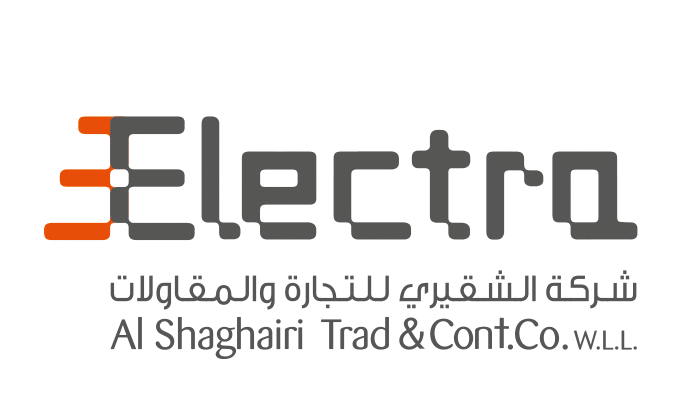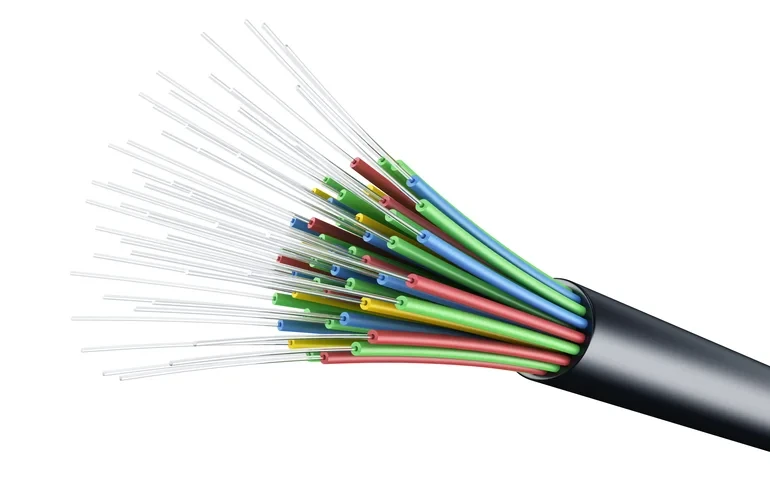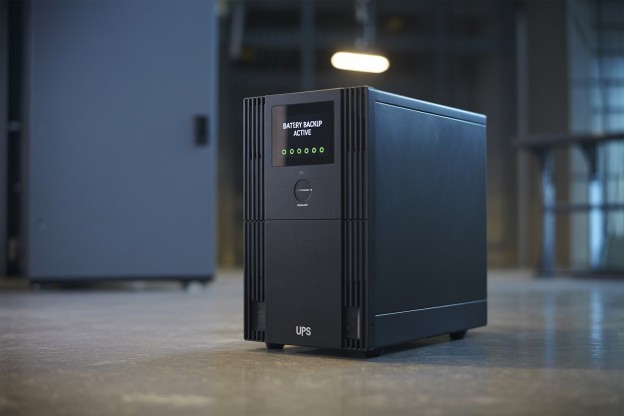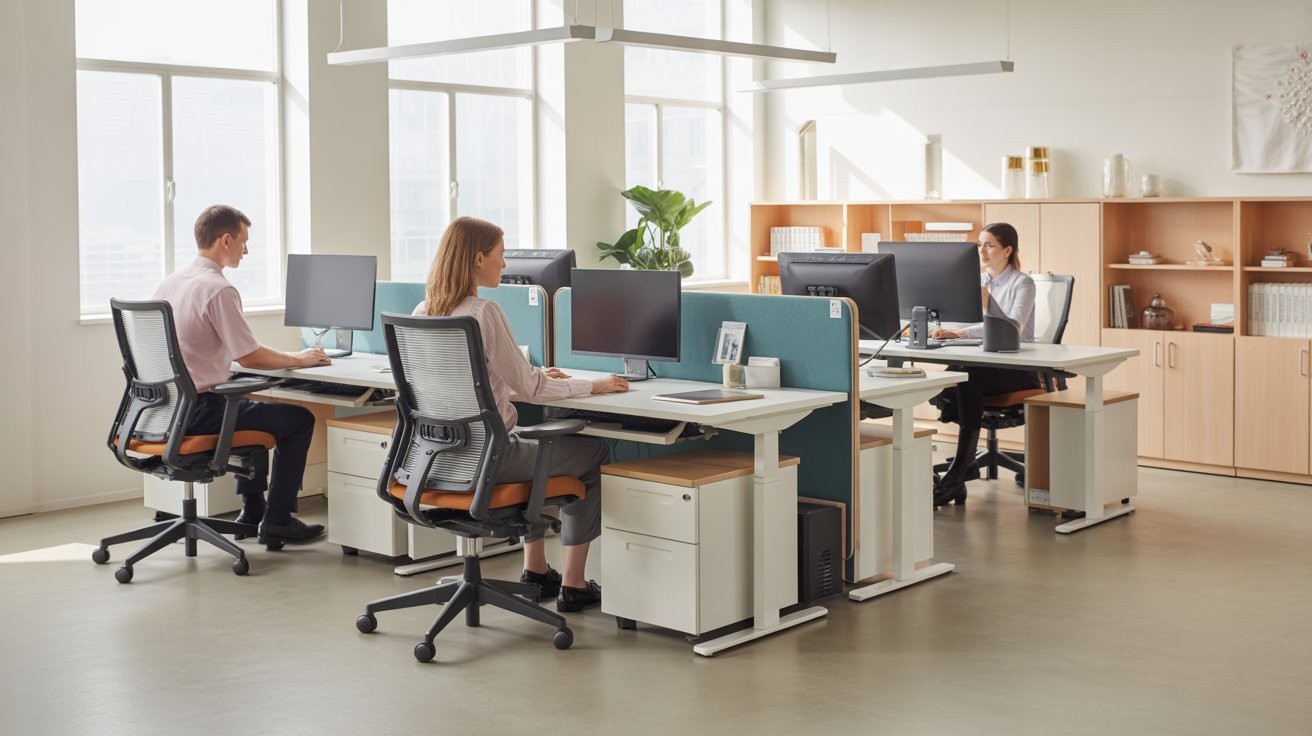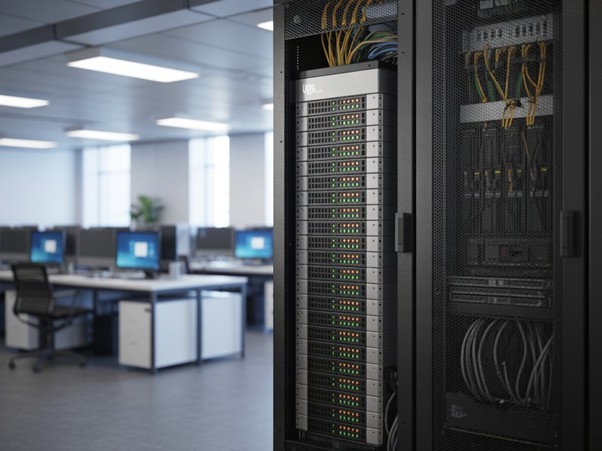The need for dependable and fast data transfer is growing in today's digital environment. With their outstanding performance and bandwidth capacities, fibre optic cables have become the go-to option for constructing reliable and effective networks. The essential component of many cable infrastructures is fibre optic cables. Because of the many advantages these cables provide, including the capacity to send signals over great distances, they have become far more common than copper ones. These cables are so popular that they come in a variety of types, which makes choosing them challenging. The proper type of fibre optic cables are required when you wish to expand your network and increase its speed and bandwidth capacity. There are numerous varieties of fibre optic cables available, therefore you should be well-versed in their distinctions. It's crucial that you know how to choose the best cable for your project's needs because certain cables, for instance, offer higher fibre optic distance accuracy than others. We will examine all of the important aspects to take into account while choosing fibre optic cables in this extensive guide.
What is a Fibre Optic Cable?
A fibre optic cable is a type of network cable that has glass fibre strands enclosed in an insulated housing. They are intended for high-performance, long-distance data networking and communications. Fibre optic cables offer greater capacity and longer data transmission lengths than conventional cables. The majority of telephone, cable television, and internet systems worldwide are powered by fibre optic cables.
Factors to Consider When Choosing Fibre Optic Cables
There are a number of crucial factors to take into account when deploying and buying fibre optic cables. These will guarantee a successful implementation, assist in making well-informed decisions, and prevent typical errors.
1. Distance
The loss factor of fibre optic cable is one of its main benefits: over a 100-metre distance, fibre loses about 3% of its data, while copper cables, such as CAT6 cables, suffer far larger losses. While copper might be a wonderful option for short runs, fibre optic cable has a greater advantage when the connection needs to be longer. Therefore, the distance the data must travel should be the primary consideration when selecting fibre optic cable.
2. Type of Fibre Optic Cable
Fibre optic cables come in two broad varieties: single-mode and multi-mode. You may more effectively narrow down your options and choose the ideal fibre optic cable for your requirements by being aware of the two primary varieties of fibre optic cable and their applications. The requirements of your project will determine which of these two types of cables you should use. Businesses that require long-distance data transmission frequently use single-mode fibre optic cables because they minimise attenuation and eliminate the need for re-amplification. While many businesses find single-mode fibre optic cables to be an excellent option, there are some circumstances where multi-mode fibre optic cables might be a better fit. Multi-mode fibre optic cables are a wise choice for applications demanding less heavy bandwidth and for situations where data transmission over shorter distances is the only requirement.
3. Bandwidth and Data Transmission Requirements
It is critical to consider the network's bandwidth capacity and data transmission needs. Ascertain the capacity and speed required to meet your present and future data needs. Select fibre optic cables that can fulfil your unique needs as different varieties offer differing bandwidth capacities.
4. Strand Count
You can choose the appropriate strand count after deciding on the type of fibre optic cable. The tiny glass strands inside the cable are called strands, and they are in charge of using light to transfer data. It's critical that you select a cable with the appropriate number of strands because different tasks call for varying counts. Examining the installation requirements of your project will help you calculate the appropriate number of strands. More strand counts translate with more bandwidth. Therefore, it's always advisable to choose a strand count that is larger than the minimum required for your project, since having more strands allows you more flexibility down the road.
5. Interference
Fibre is completely immune to interference from a wide range of causes, including lightning strikes, power lines, and even intentional stumbling and disturbance. There may be sources of interference in or close to the path used by data centre cables, whether they are managed by running them overhead or less frequently through subfloor spaces. This also holds true in edge data centres, where components are closer together and more compact. This is also true for modular data centres, and you can guarantee that you can scale simply and rapidly when needed by using the appropriate fibre line. This is much more crucial when we approach collocation and hyper scaling.
6. Environmental Considerations
Consider the installation site's environmental factors before installing fibre optic lines. Ascertain whether the cables must be suited for outdoor or interior use and whether they will be subjected to adverse environments like high or low temperatures, dampness, or chemicals. Make sure the wires you choose are made to resist these environmental stresses.
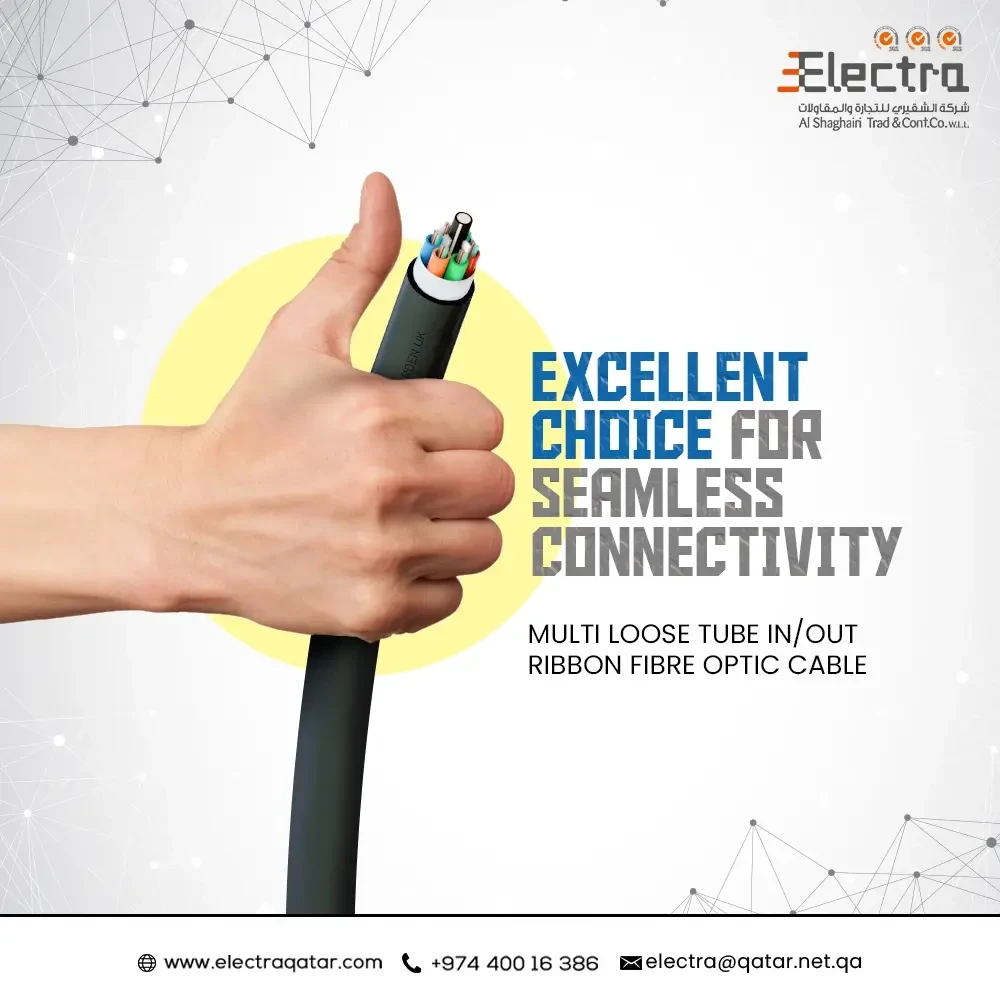
Read more: How to Select the Right Network Cable for your Business?
Conclusion
Prior to choosing fibre optic cables, a number of aspects need to be taken into account, including the volume of data to be transported, the surrounding environment, the distances to be traversed, and more. You must utilise high-quality cables and fibre optic cable items from reputable manufacturers in order to fully benefit from fibre optic cables.
With years of industry experience, Electra is a top supplier of Fibre Optic Cables & Accessories in Qatar, adhering to internationally recognised standards. We provide our clients with the greatest services and products owing to our cohesive team and innovative manufacturing techniques. Leading the telecom and networking sector in Qatar, Electra provides a wide range of premium fibre optic cables and accessories. Every product is approved and produced in accordance with international standards, including those set by the IEEE, TIA, and ISO, among others. Since every product is put through a rigorous testing and quality check process before being released into the market, it is the finest option for any kind of networking or communication necessity.
